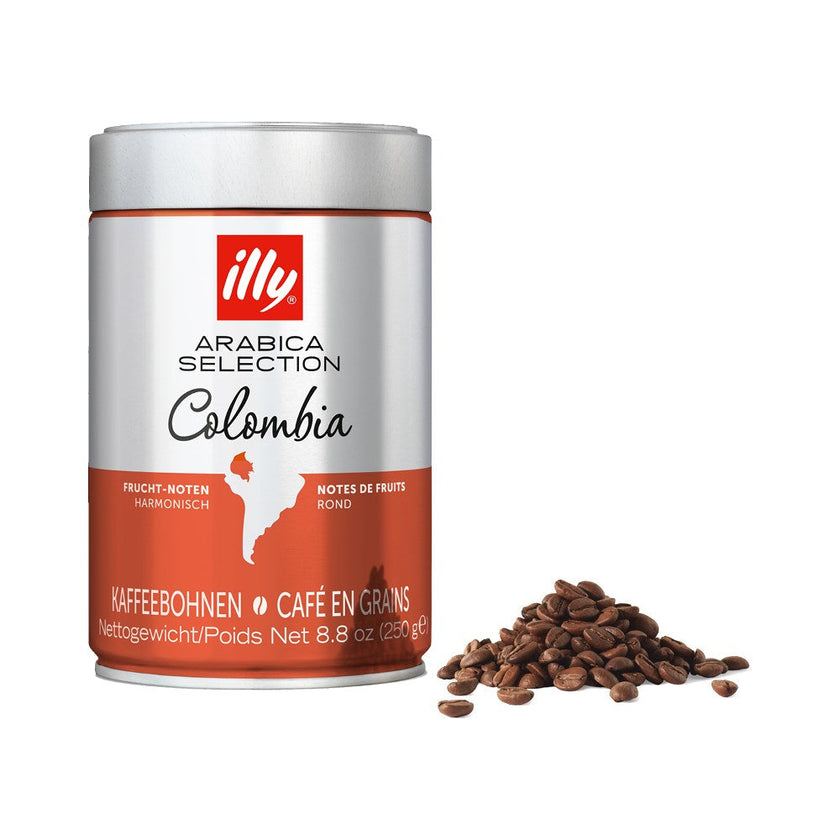How to Host a Coffee Bean Tasting at Home
How to Host a Coffee Bean Tasting at Home

How to Host a Coffee Bean Tasting at Home
Hosting a coffee bean tasting at home is a delightful way to explore the diverse flavors, aromas, and profiles of coffee from around the world. Known as “cupping,” this process allows enthusiasts to evaluate different beans like professionals. Whether you’re a coffee connoisseur or just love a good cup, here’s a guide to hosting an unforgettable coffee tasting experience.
1. Choose Your Coffee Beans
The key to an engaging coffee tasting is variety. Select beans with distinct origins and roast profiles to showcase the spectrum of coffee flavors.
-
Single-Origin Coffees: These beans come from a specific region, offering unique flavor notes influenced by local soil, climate, and cultivation methods.
-
Roast Levels: Include light, medium, and dark roasts to compare the impact of roasting on flavor and aroma.
-
Processing Methods: Try beans processed via wet, dry, or honey methods for a deeper understanding of how these techniques shape taste.
2. Gather the Essentials
Prepare the necessary tools to ensure a seamless tasting experience.
-
Freshly roasted coffee beans
-
Coffee grinder (preferably burr grinder for consistency)
-
Scale for accurate measurements
-
Hot water at 200°F (93°C)
-
Cupping bowls or similar-sized cups
-
Spoons (one per taster)
-
Notebook and pen for taking notes
3. Set Up the Tasting Station
Create a clean, organized space that minimizes distractions and allows participants to focus on the coffee.
-
Label Each Coffee: Use cards or tags to identify the origin, roast level, and any special notes about the beans.
-
Prepare Tables: Arrange cups in a row for easy comparison.
-
Provide Water: Offer a glass of water for rinsing spoons between tastings.
4. Grind and Brew
To preserve freshness, grind coffee beans just before brewing. Aim for a coarse grind, similar to sea salt, to ensure an even extraction during the cupping process.
-
Use 10-12 grams of coffee per 6-ounce cup of water.
-
Pour hot water over the grounds and let the coffee steep for about 4 minutes.
5. Evaluate the Coffee
The tasting process involves four main steps: smell, slurp, savor, and score.
-
Smell: Start by inhaling the aroma of the brewed coffee. Note fragrances like floral, nutty, or earthy tones.
-
Break the Crust: After steeping, use a spoon to gently stir the surface and release trapped aromas. Take another sniff to assess changes.
-
Slurp: Sip the coffee noisily to aerate it across your palate, enhancing flavor perception.
-
Savor: Analyze the taste, body, acidity, and aftertaste. Identify key flavors and textures in each brew.
6. Take Notes and Discuss
Encourage participants to jot down their observations and compare notes. Use a flavor wheel to help identify specific tasting notes such as fruity, chocolatey, or spicy elements.
7. Create a Memorable Atmosphere
Add a personal touch to your event by incorporating decor, snacks, and music.
-
Theme It: Match your tasting to a regional focus or festive occasion.
-
Pair with Snacks: Provide palate-cleansing foods like water crackers, or complement the coffee with chocolates, nuts, and pastries.
-
Ambient Music: Soft background music can enhance the overall ambiance without overpowering the experience.
8. Wrap It Up with Takeaways
End the event by gifting participants small bags of coffee beans they’ve sampled. Provide handouts or links to learn more about the coffees, regions, or roasters featured in the tasting.
Shop Now Coffee Beans
What's Your Reaction?


















.jpg)